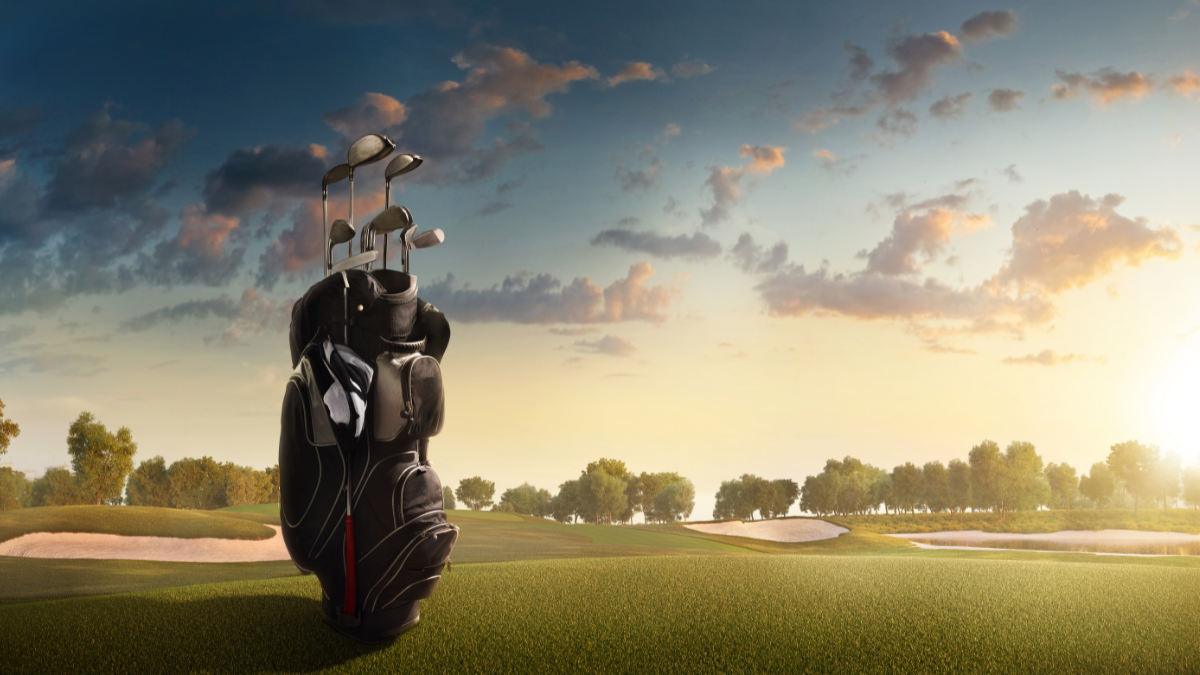Which has a better chance of improving your distance – speed or impact?
What: The USGA and R&A released a new distance report on Wednesday that found the average driving distance for male amateur golfers is 215.6 yards. That number might seem short to some, but more than anything, it’s a reminder of the massive distance gap that exists between elite tour pros/amateurs — the average driver carry distance on Tour is around 279 yards — and the 50-something mid-handicapper at your local club.
Of course, increasing speed without the proper technique and time honing your new-found swing on the range can magnify the misses.
The other solution is honing impact location at a slower speed for reliable carry distances, thereby reducing the potential for the cold top or round-killing slice.
In the latest edition of GOLF’s RoboTest series, we attempted to determine what the differences are when a player hits a ball in the center of the face versus an off-center strike where their speed increases by 5 and 10 mph.
Methodology: A driver was set up at 95, 100, and 105 mph. The driver was hit out of the center, 1/2” towards the toe and heel, 3/4″ towards the toe and heel, 1″ towards the toe and heel, .5” high, .75” toe, .5” low, and .75” heel.
Findings: There was an 11-yard increase in distance on center hits from 95 to 100 mph. … There was only a 2-yard increase from 100 to 105. This was due to the increased spin that was created when the speed was increased. This points to the fact that if a player is going to swing harder that they need a different club to maximize this increased speed. Increased spin is almost always associated with increased clubhead speed which limits distance potential. … The ball will travel farther with increased speed up to 1” off-center at a 5 mph increase and up to 1” off-center with a 10 mph increase. … The ball will not travel further if you hit it on the lower third of the clubface which will cause increased spin and distance loss due to the vertical gear effect. … The ball can be 8 yards shorter at both a 5 and 10 mph increase on a .5” low and 3/4” heel hit. … The ball will travel farther if hit on the upper third of the clubface with both a 5 and 10 mph increase.
SOURCE: golf.com



